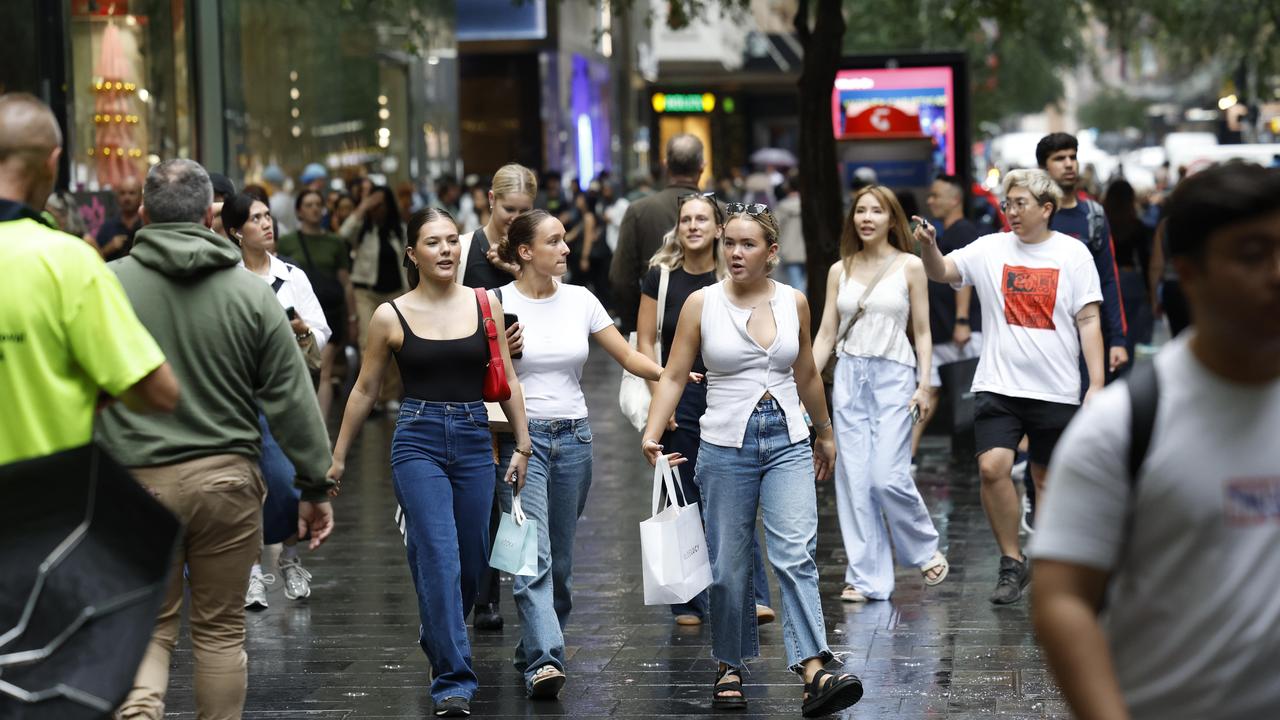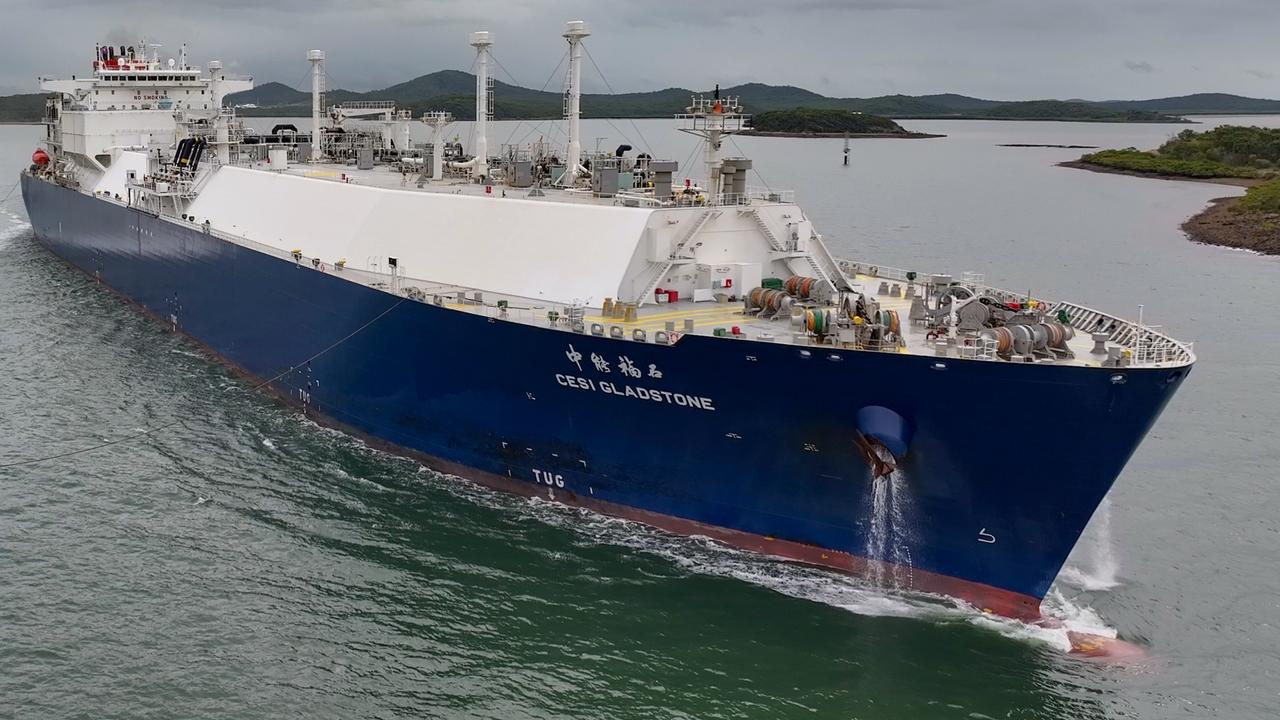Sanjeev Gupta’s Whyalla steelworks had a disastrous year. So what happens next?
The Whyalla steelworks had a disastrous 2024 and Sanjeev Gupta, who heads up its owner GFG Alliance, has lost the trust of many stakeholders. The question is, what’s next?
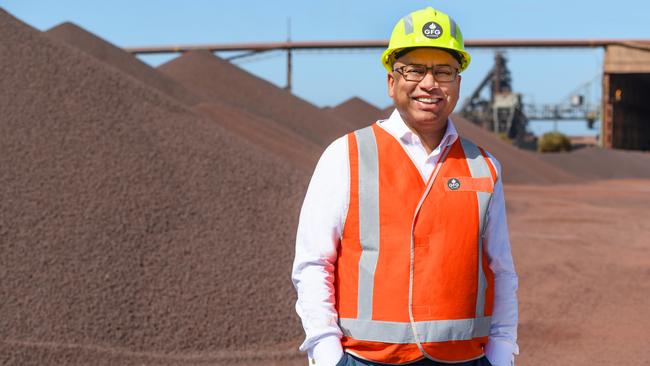
Business
Don't miss out on the headlines from Business. Followed categories will be added to My News.
Four years ago brash British industrialist Sanjeev Gupta was lauding an achievement he hadn’t thought his team could pull off – returning the Whyalla steelworks in South Australia to profitability.
With the pandemic still gripping the world, Mr Gupta spoke to The Australian from the back of a luxury vehicle somewhere on the other side of the globe, revealing in his signature fast-pitch patter that the ailing steelworks and the associated iron ore mines outside of Whyalla would imminently be back in the black.
It was a feat the previous owner, ASX-listed Arrium, which slid into administration in 2016, hadn’t been able to consistently achieve, and something which Mr Gupta’s GFG Alliance had not really been banking on so soon.
His plans for the steelworks, which he bought in 2017 having edged out Korea’s POSCO to win the sales process, went beyond ambitious.
In a big reveal at the steelworks in late 2018, attended by then prime minister Scott Morrison, Mr Gupta promised to invest $600m in the steelworks, bolstering their capacity, while feasibility studies for a massive new steelmaking plant generating up to 10 million tonnes of steel per year were examined.
He had already announced plans for a 280MW solar farm, and possible later hydropower additions, and in a series of announcements in the following months and years added a possible new copper smelter, vehicle manufacturing and eventually as much as 10GW of solar projects – capable of generating five times as much electricity as the Liddell coal-fired power station in New South Wales – to the to-do list.
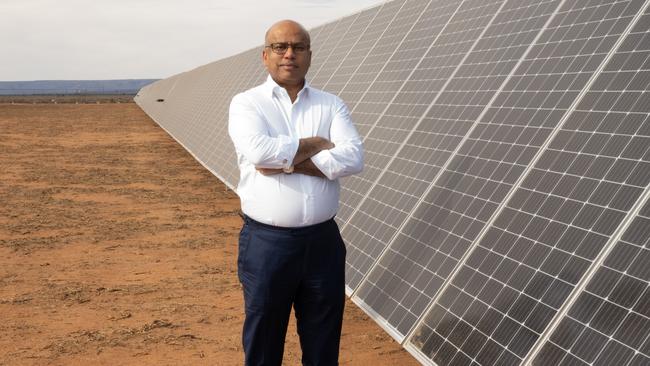
When the Australian spoke with Mr Gupta in early December 2020, he said financial close for the 280MW solar plant should be finished by Christmas that year, with another 3GW in generation soon to follow.
That electricity would in turn would be used to generate hydrogen, bringing the promise of “green steel” to life.
Also on the cards by this time – having pivoted from the original plans – was an electric arc furnace (EAF) and associated direct reduced iron (DRI) plant – not to mention global plans to potentially buy out Thyssenkrupp, and up GFG’s global headcount to about 50,000.
Planning for the steel mill was “very well developed’’ Mr Gupta said at the time. “The EAF is also quite developed, the DRI we’re completing a lot of engineering work now,’’ he said.
Mr Gupta said within GFG’s Liberty Steel Group, every business was profitable except the Whyalla operations, which would soon also be making money.
Despite being just weeks away at the time of the 2020 interview, the financial close of the 280MW solar plant didn’t happen, let alone the follow-up 3GW of extra solar generation.
The collapse of GFG’s global financier Greensill in March 2021 threw the business into disarray, and the grandiose plans announced at the big reveal and in the following months were abandoned, if not officially, at least in practice.
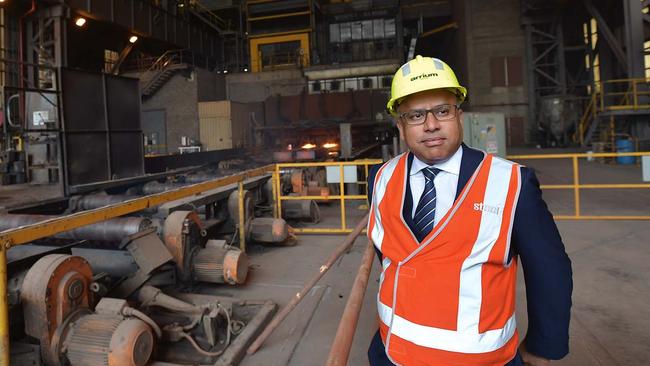
And while GFG’s financial woes in the ensuing years saw the global business pushed to the brink, and eroded much of Mr Gupta’s personal credibility, Whyalla and its associated Australian operations chugged away profitability, arguably propping up the broader empire.
Then came 2024.
The financial accounts of Liberty Primary Metals Australia are due to be revealed around the end of the year, but Mr Gupta has already admitted that Whyalla is now a millstone for the wider GFG business, soaking up $1m a day he said in October, and being bailed out to the tune of more than $400m.
The blast furnace at Whyalla was offline from March until June, with maintenance works compounded by damage to the blast furnace shell bringing steelmaking to a halt.
The blast furnace went offline again in September, with incorrect materials added to the mix, and it hasn’t come back online since.
The company has been promising it would imminently bring the blast furnace back online for more than two months, with Mr Gupta telling The Australian in October that he was “supremely confident” it would restart operations in the near future.
“It’s not going to be months,’’ he said.
“It’s basically days, weeks, it’s definitely not months.’’
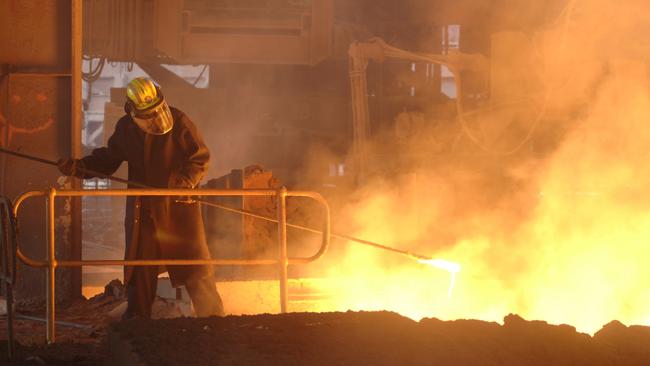
Once the blast furnace was fired up again, the company would reap the benefit of strong economic tailwinds, Mr Gupta said.
“We have a new plan now which we’re basically already putting into play, that we will run the blast furnace and we’ll take it back to its original one million tonne production,’’ he said.
That has not happened, and Mr Gupta’s assurances that rumours about non-payment of suppliers was not a big issue – he admitted there were some delays but “they’re all being handled’’ – turned out to be at best a very optimistic analysis.
It has since transpired that both of GFG’s rail haul providers – Aurizon which hauls iron ore, and Pacific National which hauls billet and structural steel – have ceased providing services to the company for non payment, as did, until recently, the company’s mining contractor.
LPMA also sacked 50 white-collar workers this year and has downsized staffing levels at the mines, sources say by more than 100.
GFG said in mid-November that it had negotiated $US100m in new debt to provide working capital for the steelworks.
Meanwhile Mr Gupta enraged Whyalla locals by dropping $12.5m in cash to buy former radio star John Laws’ harbourside apartment at the Woolloomooloo finger wharf on Sydney Harbour.
This in addition to the $34m he shelled out for Potts Point mansion Bomera a few years ago.
Mr Gupta insisted in October that his personal financial matters were separate from those of the company, and reiterated that his companies had pumped $400m into the troubled steelworks.
Whyalla’s local state MP Eddie Hughes was having none of it, lashing Mr Gupta on his Facebook page for splashing out on luxury real estate while small business were having to chase his company for debts.
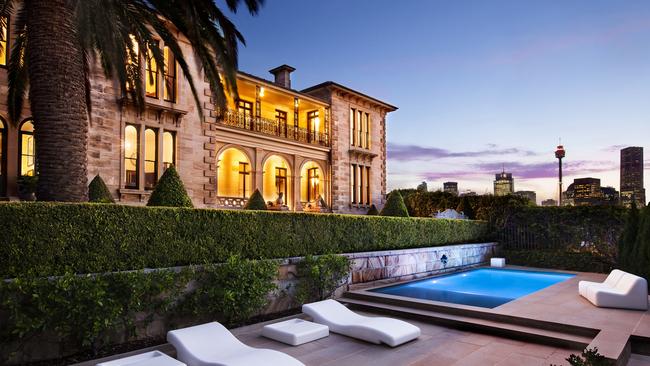
Meanwhile, the plans for DRI and EAF, which were well advanced four years ago, remain a pipe dream.
Earlier this year, it became apparent that the timeline for the expansions had slipped from 2025 to 2027.
The delay was not announced, but quietly slipped into a press release on a positive update about testing of Whyalla ore which would be used in the new EAF.
Mr Gupta now says the plans are dependent on increased gas supply to Whyalla, meaning the deadline is effectively open-ended.
Then there is the issue of how the investment in infrastructure – likely to nudge $1bn – would be funded.
Mr Gupta is confident backers will be lining up to fund the project, given their green credentials, with the project aiming to produce low carbon “green steel”.
For its part, the South Australian state government has grave fears for the future of the steelworks, with one of its departments in September tendering for urgent advice on the government’s exposure and role should the steelworks be again placed in administration.
The government’s Department of Energy and Mining was seeking an assessment of the financial position of LPMA’s SA operations, and “an estimation of VA’s (voluntary administration’s) immediate and ongoing funding need’’.
LPMA was earlier this year behind in its royalty payments to the government, with Treasurer Stephen Mullighan saying they would not press for immediate payment because that “would exacerbate the difficult financial position that GFG finds itself in, particularly given that there are other creditors outside of government’’.
And SA Premier Peter Malinauskas, speaking to media on Christmas Eve, revealed the problems with the steelworks were one of the main issues preying on his mind, and were “occupying a significant amount of government effort and time”.
“We haven’t seen things go as well as we would have liked over the last month,” he said.
“But I know that there’s a lot of hard working people in the steelworks … who are doing everything they can to bring the blast furnace back to full operation.
“But it feels a bit like two steps forward, one step back.”
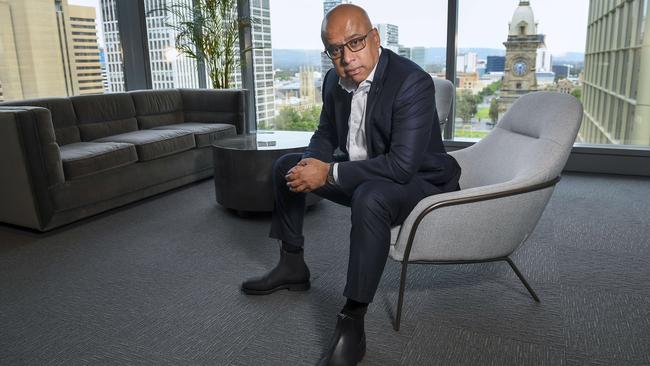
Asked whether it would be fixed by the end of the year, Mr Malinauskas responded: “We’ve been told lots of things, what we’re interested in is what we can verify, and what I can absolutely verify is there are some good people working really hard at the moment to bring it back to full operation.”
And using uncharacteristically critical language, the Premier urged Mr Gupta to ensure the critical national asset was treated with the importance it deserved.
“We would always encourage any business owner just to be transparent, particularly when we are talking about such a significant asset for the state,” Mr Malinauskas said.
“But the people I care about most isn’t GFG, or the owner of the steelworks, it’s the people that work within it.
“They are good people, and they are working their guts out under really difficult circumstances.
“We are really serious about making sure that any actions a state government takes are well thought through, because making a bad call here could have severe consequences.
“Think about everything we build, every high rise tower, every bridge … the only place in this country that is capable of producing this key ingredient domestically is the Whyalla steelworks.”
More Coverage
Originally published as Sanjeev Gupta’s Whyalla steelworks had a disastrous year. So what happens next?



